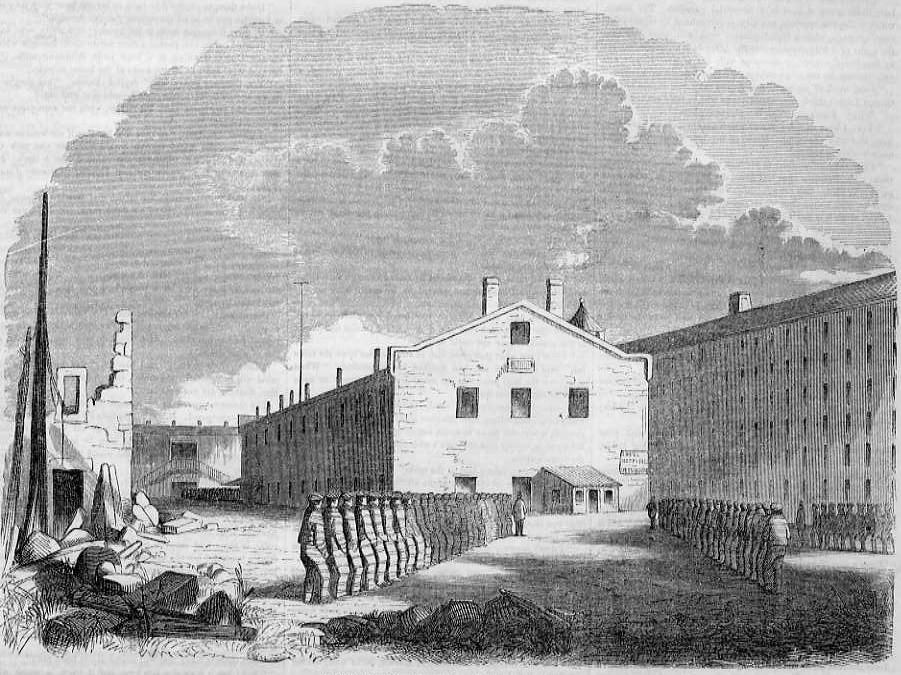#auburn_system

Auburn system
Prison management method
The Auburn system is a penal method of the 19th century in which prisoners worked during the day in groups and were kept in solitary confinement at night, with enforced silence at all times. The silent system evolved during the 1820s at Auburn Prison in Auburn, New York, as an alternative to and modification of the Pennsylvania system of solitary confinement, which it quickly replaced in the United States. Whigs favored this system because it promised to rehabilitate criminals by teaching them personal discipline and respect for work, property, and other people. Most unique about this system, and most important to it, however, was the fact that it was supported by state-funded capitalism and was driven by profit. Soon after its development, New York State adopted this system with the help of Elam Lynds, agent and keeper of Auburn Prison, for its third state prison, Sing Sing Prison. Several other states followed suit shortly after and adopted the for-profit prison system designed in Auburn. By 1829, Connecticut, Massachusetts, Maryland, and Washington, D.C. adopted the Auburn system. Within the next fifteen years, the system was used in prisons in Vermont, New Hampshire, Maine, Upper Canada, Virginia, Tennessee, Georgia, Illinois, Ohio, Louisiana, Mississippi, Alabama, Kentucky, Indiana, and Michigan.
Fri 2nd
Provided by Wikipedia
This keyword could refer to multiple things. Here are some suggestions: